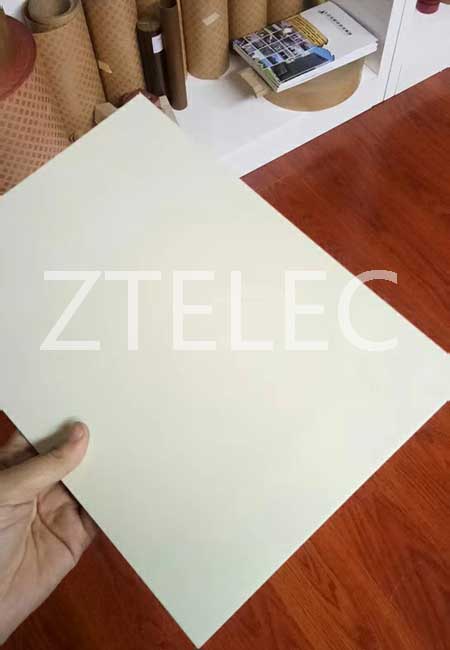Delamination is one of the major areas of failure for laminated composite materials and ‘Interlaminar stresses’ are the source of this failure. These ‘stresses’ can be caused by a number of factors including (but not limited to): internal voids / volatiles that are not properly removed during the laminating process, improper curing of resin, and the environmental conditions in its final application. Understanding the bond between laminations and amongst the resin molecules of thermosetting materials is essential in understanding how these composites are tested, and what applications are best for each.

Perhaps the largest factor(s) when looking at bond strength characteristics of composites are the base material and the resin system that it is laminated with. As you can see in the table of composites, the interlaminar bond strength differs among each grade by material/resin composition. This is important in determining the correct material for your application. For instance; G7 is a phenomenal thermal insulator with a temperature index of (220 °C), however, it will not be the best material for an application where it will be exposed to extreme tensile stresses pulling the material apart.
Bond Strength of Grade Composites
| Bond Strength of Grade Composites | ||||
| Grade | Test Method | Material/ Resin | Sample thickness | Result |
| G7 | ASTM D229 | Glass/ Silicone | 0.500″ | 650 lbs. |
| G10 | ASTM D229 | Glass/ Epoxy | 0.500″ | 2,500 lbs. |
| G11 | ASTM D229 | Glass/ Epoxy | 0.500″ | 2,200 lbs. |
From Dec.10,2017-Jan.10,2018, we have year-end promotion, so it will be a good opportunity for purchasing. Welcome to consult us about more details!

.jpg)
